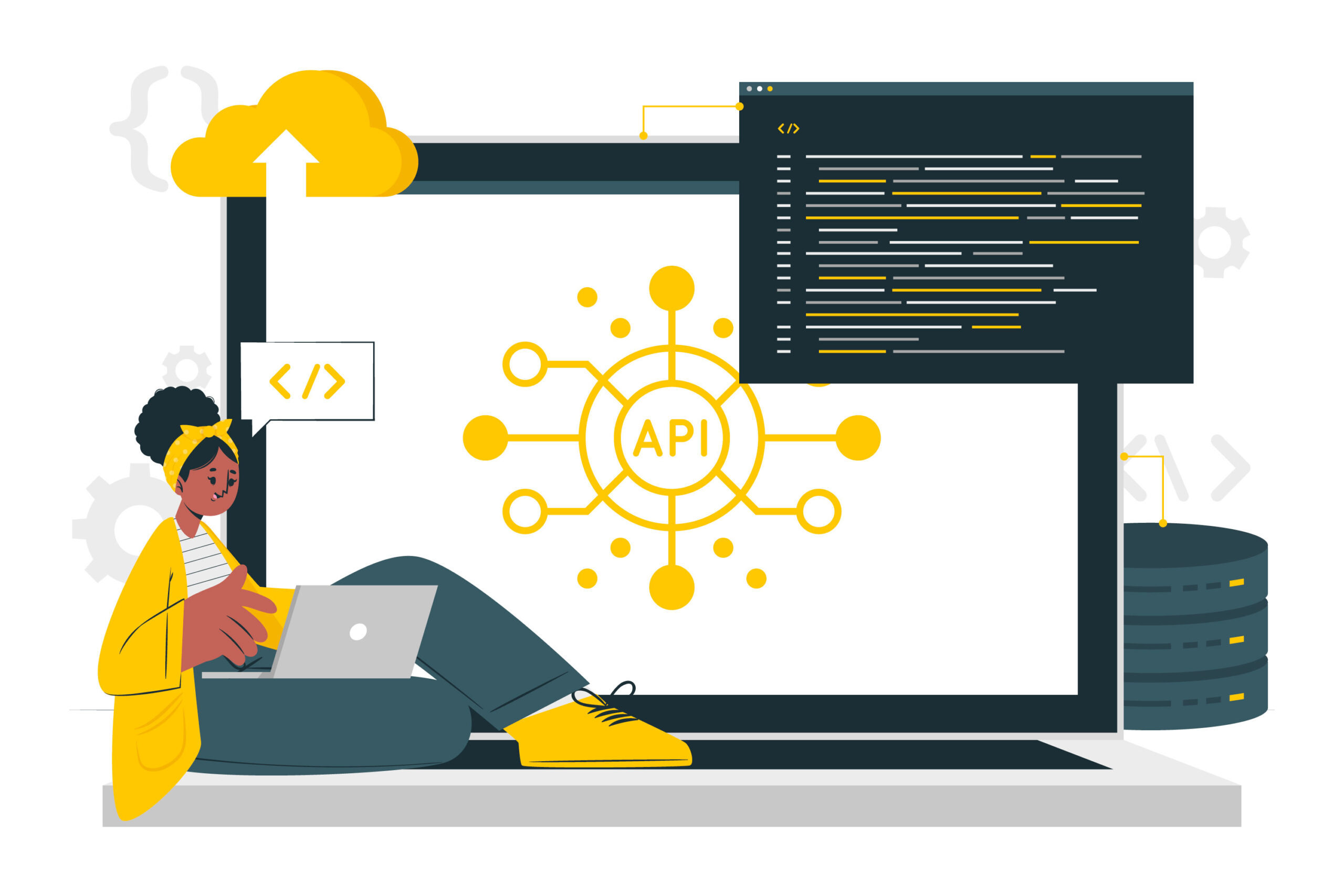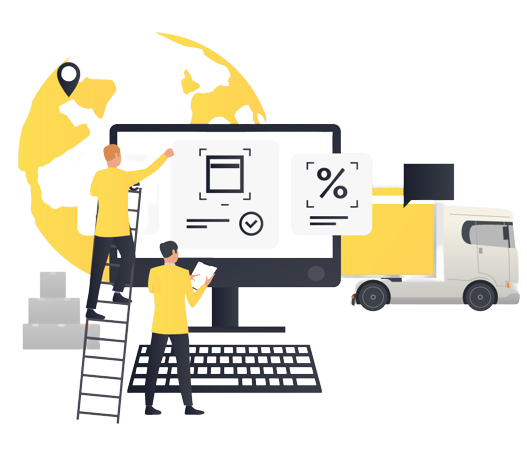REST (Representational State Transfer) is an architectural style for building web services, which has become popular for developing APIs (Application Programming Interfaces) that provide access to data and functionality over the internet. RESTful APIs are based on a set of principles and constraints that help ensure they are scalable, reliable, and easy to use.


SOAP APIs
SOAP (Simple Object Access Protocol) APIs are a type of web service that uses XML-based messaging protocols for communication between different systems. SOAP APIs are known for their robustness, security, and reliability, and are often used in enterprise-level applications.
SOAP APIs provide a highly standardized and structured approach to building web services, with a focus on message exchange. However, the XML format used by SOAP can make it more complex and slower to process than REST APIs, which use more lightweight data formats such as JSON. Additionally, SOAP APIs may require more network bandwidth and more processing power than REST APIs.
GraphQL APIs
GraphQL is a query language for APIs that enables clients to request only the data they need and nothing more. GraphQL APIs are gaining popularity because they provide more flexibility and efficiency than REST APIs.
GraphQL APIs can offer a more flexible and efficient approach to building APIs, particularly for complex and dynamic data structures. By enabling clients to specify exactly what data they need, GraphQL can reduce network overhead and improve performance. Additionally, the ability to support real-time updates can make GraphQL well-suited for building applications that require real-time collaboration or notifications. However, GraphQL does require more setup and configuration compared to REST and SOAP, and may require more server resources to process queries.


Real-time APIs
A real-time API is an API that enables real-time communication between a client and a server, without the need for constant polling or long-polling. Real-time APIs allow for asynchronous communication, where the client and server can exchange data and events in real-time, without the need for the client to constantly request updates from the server.
Real-time APIs can be used in a wide range of applications, including chat and messaging platforms, real-time analytics and dashboards, multi-player games, and collaborative tools. Real-time APIs often use WebSocket or Server-Sent Events (SSE) to establish a persistent connection between the client and server, enabling bidirectional communication in real-time
Open APIs
Open APIs are publicly available APIs that can be accessed by developers, partners, and customers to build applications, services, or integrations. Open APIs are typically designed to be used by third-party developers, and are often provided by companies, organizations, or government agencies.
Open APIs can provide a wide range of benefits, including enabling developers to create new products and services, extending the reach of an organization’s data and services, and fostering innovation and collaboration. Open APIs can also help to promote standardization and interoperability, making it easier for developers to integrate with other systems and services.


Internal APIs
Internal APIs, also known as private APIs, are APIs designed for internal use within an organization. These APIs are used to connect different applications, services, or databases within an organization, and enable data to be exchanged securely and efficiently. Internal APIs can be used by developers within an organization to access data and functionality from different systems, without having to know the underlying implementation details.
Internal APIs are often used in large enterprises where there are multiple systems and applications that need to be integrated. For example, an organization might have separate systems for customer relationship management (CRM), inventory management, and order processing. An internal API could be used to connect these systems and enable them to exchange data, such as customer information, inventory levels, and order status.
Copyright © 2023 DigitizeSoCal. All rights reserved.





